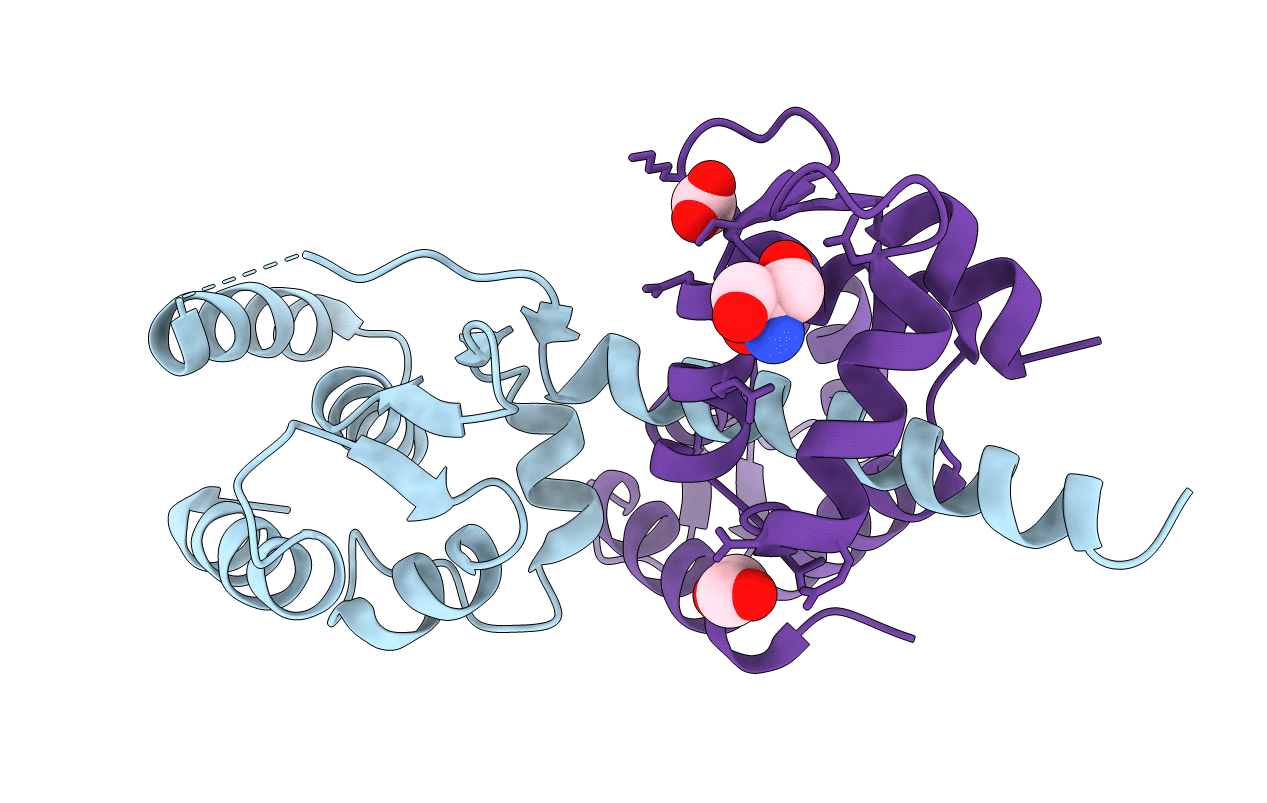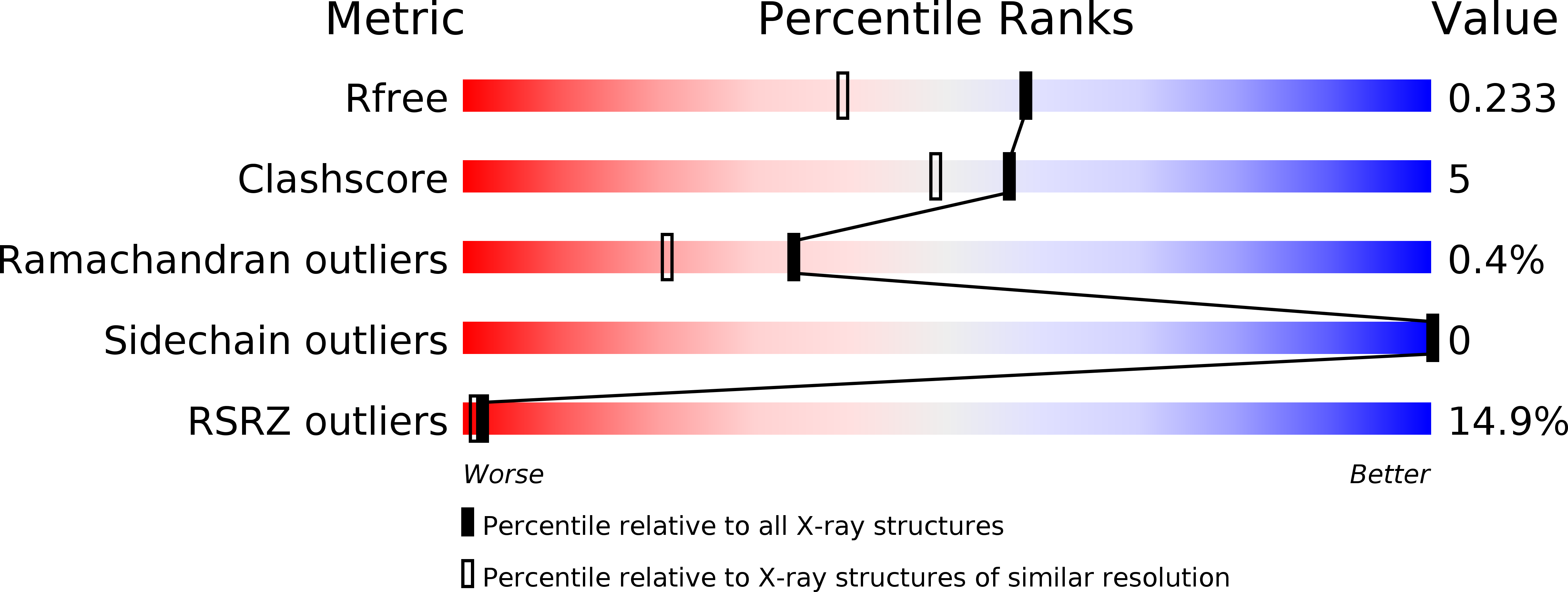
Deposition Date
2018-08-29
Release Date
2019-04-10
Last Version Date
2023-10-11
Entry Detail
PDB ID:
6MBA
Keywords:
Title:
Crystal Structure of Human Nav1.4 CTerminal Domain in Complex with apo Calmodulin
Biological Source:
Source Organism:
Homo sapiens (Taxon ID: 9606)
Rattus norvegicus (Taxon ID: 10116)
Rattus norvegicus (Taxon ID: 10116)
Host Organism:
Method Details:
Experimental Method:
Resolution:
1.80 Å
R-Value Free:
0.23
R-Value Work:
0.20
R-Value Observed:
0.20
Space Group:
C 1 2 1


